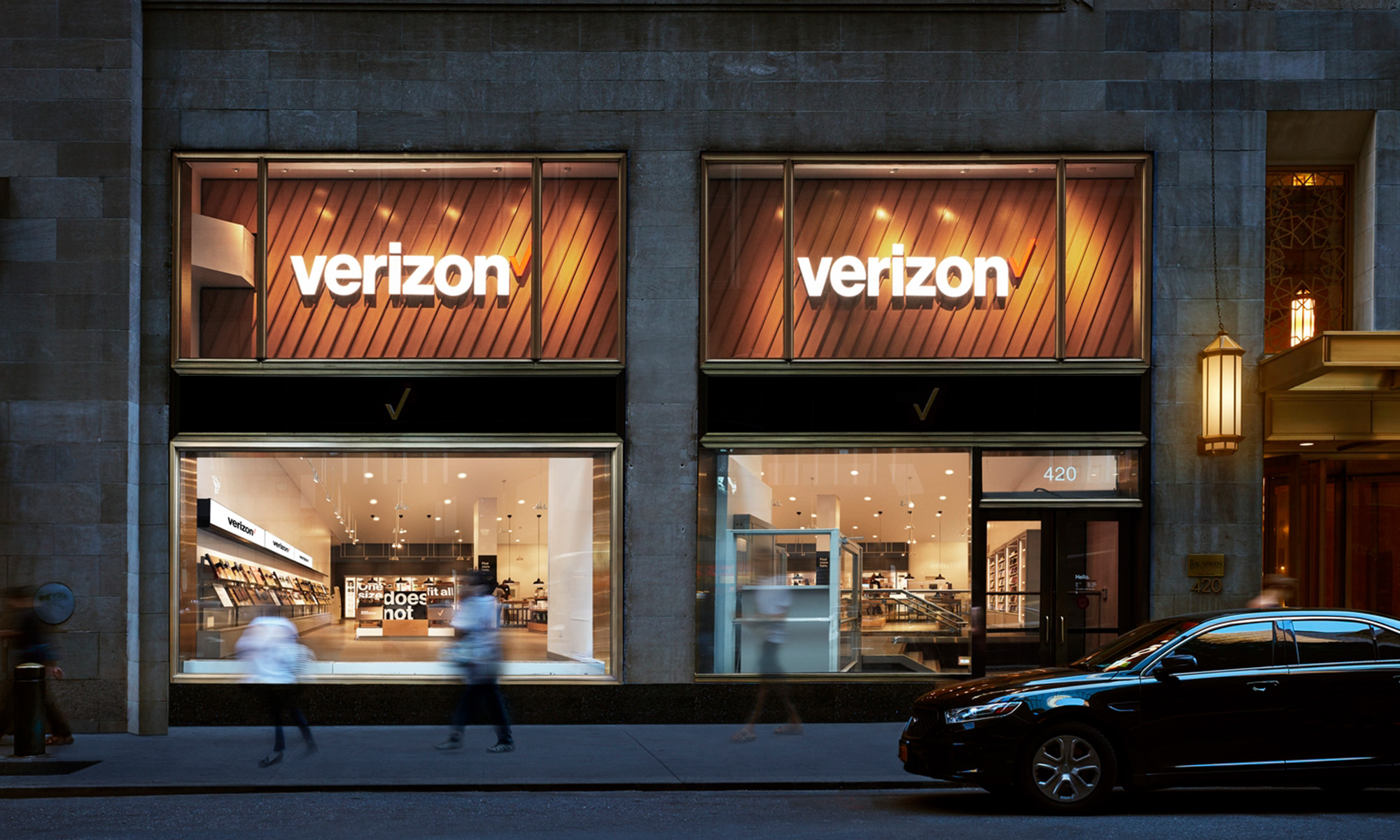If Verizon's (NYSE: VZ) lukewarm first-quarter earnings make anything clear, it's that the company badly needs Apple's (Nasdaq: AAPL) iPhone to arrive on its store shelves by the end of this year. This isn't because AT&T (NYSE: T) is eating Verizon's lunch, but rather because Verizon's lunch is looking pretty unfulfilling in the face of a maturing U.S. wireless market.
Growth sources are tapped out
While Verizon's sales and earnings were pretty much in line with market estimates, its wireless subscriber growth was pretty disappointing. In particular, the company's base of retail subscribers paying monthly service fees grew by only 423,000, compared with about a million a year ago. Considering that AT&T only did a little better, adding 512,000 such subscribers during the quarter, and that Sprint (NYSE: S) and T-Mobile have long been laggards, you can't pin Verizon's problems on a weak competitive position. Instead, the company's biggest problem is an American wireless market that has grown to the point where there are very few subscribers left to sign up. Rather, most of the remaining growth involves less valuable customers such as prepaid users, who made up the largest chunk of Verizon's 1.5 million net wireless customer additions.
What's more, with fewer new subscribers left to pick up, Verizon and AT&T have decided to take their gloves off in battling for existing subscribers, as shown by the major price cuts each company announced earlier this year to its unlimited voice plans. Thanks in part to these price cuts, Verizon's retail wireless service revenues grew by only 5% annually -- this, in spite of retail data service revenues growing by 25.6%, owing to the popularity of smartphones such as Motorola's (NYSE: MOT) Droid and Research In Motion's (Nasdaq: RIMM) BlackBerry Curve 8530.
Meanwhile, with Verizon winding down the rollout of its FiOS fiber-to-the-home platform, FiOS net subscriber additions have gone into a nosedive that they're unlikely to pull out of. Net subscriber additions for FiOS' TV service totaled only 168,000 in the quarter, down from 299,000 in the year-ago period. And while decreased FiOS investments might be bringing down capital spending for Verizon's Wireline division, this decision also means that the company is depriving itself of a vital growth source needed to offset the rapid decline in the number of traditional local voice lines serviced by the company. This decline was the biggest reason why Verizon's Wireline revenues fell by 2.9% annually, and the entire company's revenues were up by only 1.2%.
Will the iPhone arrive?
It's in this context that the release of an iPhone that runs on Verizon's EV-DO 3G network becomes a big deal. Even by the standards of an old-school phone company rather than an up-and-coming tech company, Verizon's growth prospects are looking like they're on very shaky ground. But if Steve Jobs decides that the threat from Google's (Nasdaq: GOOG) Android operating system-- which Verizon has done as much as anyone to promote -- means the company should release an EV-DO iPhone and slow down Android's U.S. momentum while it still can, then Verizon is bound to get a massive boost from the horde of iPhone enthusiasts who will flock to it for its superior network coverage and reputation for reliable service.
On the other hand, if Jobs decides that he'd rather keep things simple, and doesn't want to work with Big Red until he can offer an iPhone based on the next-generation LTE standard (supported by AT&T and numerous international carriers, in addition to Verizon), then Verizon investors are probably in for a bumpy ride over the next year. Even if Verizon holds its own against its biggest competitor.










